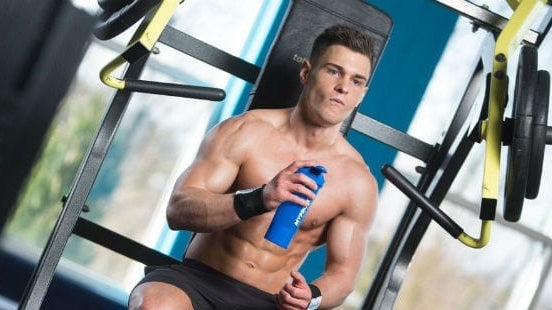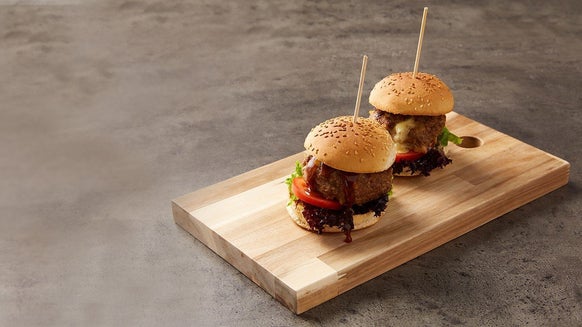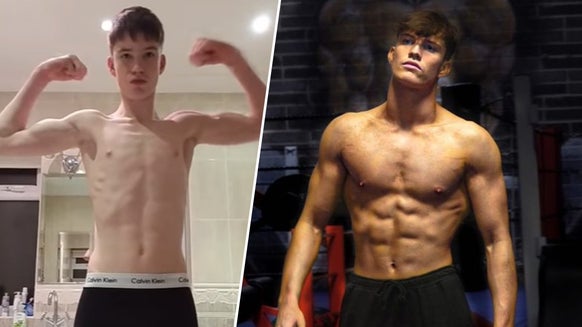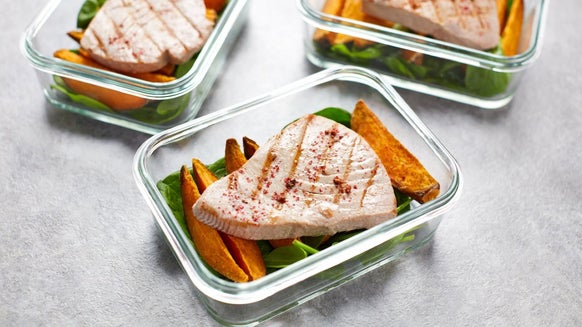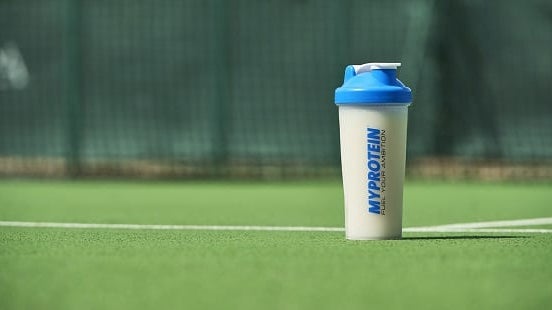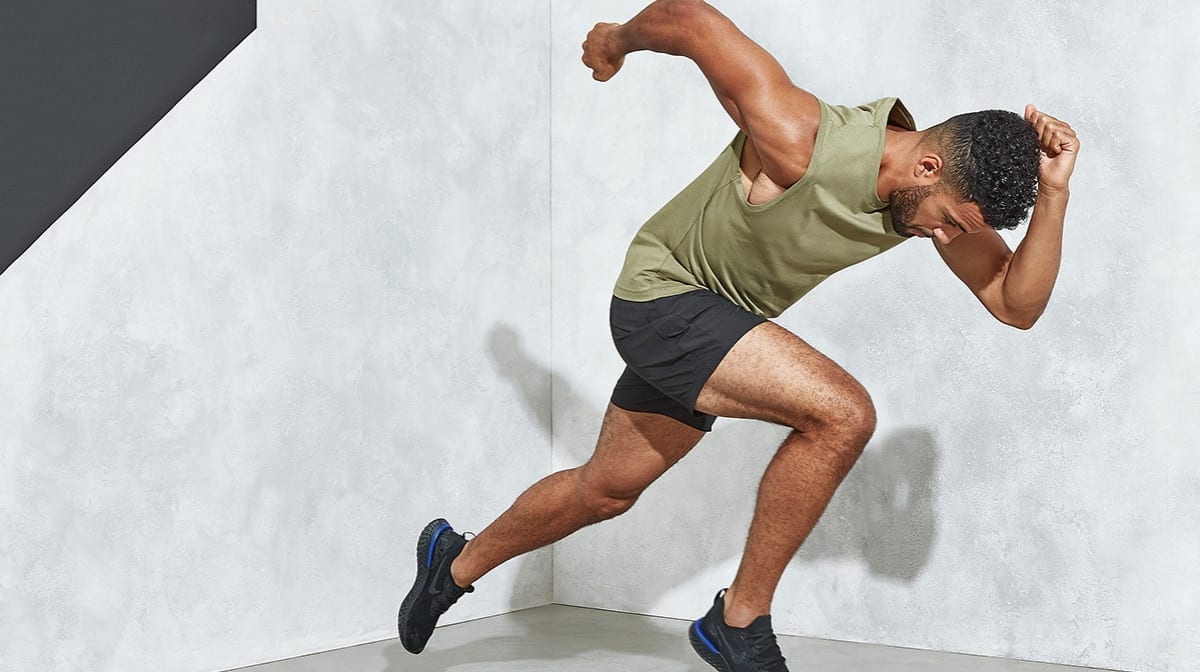
Written by Jack Boardman
Weight Gain After Exercise
Sometimes when you take an extended break from a regular exercise routine, it’s quite normal that, upon your return, when you begin to get back into the swing of things and lose weight you might feel you look a bit flabbier. But why is that?
It's not a matter of body type or luck, but generally the result of not enough cardiovascular exercise (exercise which increases heart rate and breathing, and improves your circulatory system, lungs and heart), a lack of core and muscle strengthening, an off-balance ratio of your caloric intake (what you eat) and what you burn off (exercise and activity). So don't worry - it's not going downhill!
If you’ve been sitting a lot or taking a rest from a considerably more active routine then your muscle definition and volume will have changed, depending on how long you’ve been away. Pumping up muscles can be like blowing up a balloon. When you perform many sets with high reps, your muscles will start to swell and feel full. This is known as the pump.
If you’re used to toning and trimming exercise and have fallen out of your routine, your muscles won’t be worked as much as before and will, therefore, shrink in volume. The bad luck is this isn’t the mass you were hoping to lose, and if you haven’t been getting as much cardio you won’t have been burning off the calories you were before. This means that you’ll have gained in body fat.
The Problem
When you get back to the gym, your muscles will receive a workout and pump up. While at the gym, you’ll be actively working your muscles and all the while dehydrating. The combination of your pumped up muscles, dehydration and overworked muscles might make you feel well toned then, a few hours later, you appear flabbier despite the exercise you know should be making you lean.
Your muscles have pumped up but your excess body fat has remained. People commonly see this in the abs area, having done several sets of sit-ups and a bit of running, only to find when they sit down exhausted at the end of the day that it’s somehow looking worse. The answer, to begin, is patience. A toned physique doesn’t happen overnight, and there are a few things to bear in mind if you’re not seeing the progress that you want. So let’s break this down into areas that you can address: diet, cardio- and toning exercise.
Diet
We’re starting with your diet because a common misconception is to go on a fad diet or go hungry to get thin. Your muscles need protein to recover and develop, and your body needs nutrition to work. Exercising hungry is like a car running on empty. Fuel your ambition, and make sure your body gets the protein it needs.
If you’re conscious of weight gain, stick to a diet isolate shake that your body will quickly absorb. In terms of putting on weight, this is the result of either consuming more or burning off fewer calories – or occasionally a combination of the two. Weight loss should be planned over a longer period to avoid discomfort and complications. First, you should address your fitness routine.
Cardio Exercises
As long as you’re fitting in adequate cardiovascular training and toning exercises, you will begin to see the progress you’re looking for. Here are a few suggestions to try out three days in a row, with one day rest between the next:
15 minutes running - Stick to a pace that you can see through to the end. This can be a brisk walk, as long as you’re getting your heart rate up.
15 minutes cycling or cross trainer - This is easier on your joints than running, with no impact.
Toning Exercises
Tone up with the following. These will work all around your waist, not just what you can see in front of you – that’s the secret to a tighter waist.
Leg raises – 3 x 15. Lie on your back and bring your knees up towards your chest
Planks – 3 x 40secs. With your back and legs straight, support yourself on your elbows for three 60-second sets. When you are ready to move on, rest on a yoga ball, increasing the inclination.

Alice Pearson is a UKVRN Registered Associate Nutritionist and UK Anti‐Doping accredited advisor, having obtained a Bachelor’s of Science in Nutrition and a Master’s of Science in Sport Nutrition. She has a specialist interest in the use of sports supplements for improving health, fitness, and sport performance. Alice has experience working with both amateur and elite athletes, including providing nutritional support to Tranmere Rovers FC and Newcastle Falcons Rugby Club. Her nutritional guidance is always supported by evidence‐based research, which she keeps up to date through continuing professional development and independent learning. In her spare time, Alice loves travelling, hitting the gym, and getting stuck into a good book. Find out more about Alice's story here.



